Growing cannabis (growing) indoors or outdoors is a personal choice. For each option, the key is selecting the right cannabis strains with the genetics and characteristics that suit your needs. These two types differ in their characteristics and intended use, which are determined by the growing conditions. It's important to understand the difference between them to choose the most suitable option.
Growing Indoor and Outdoor Cannabis Seeds
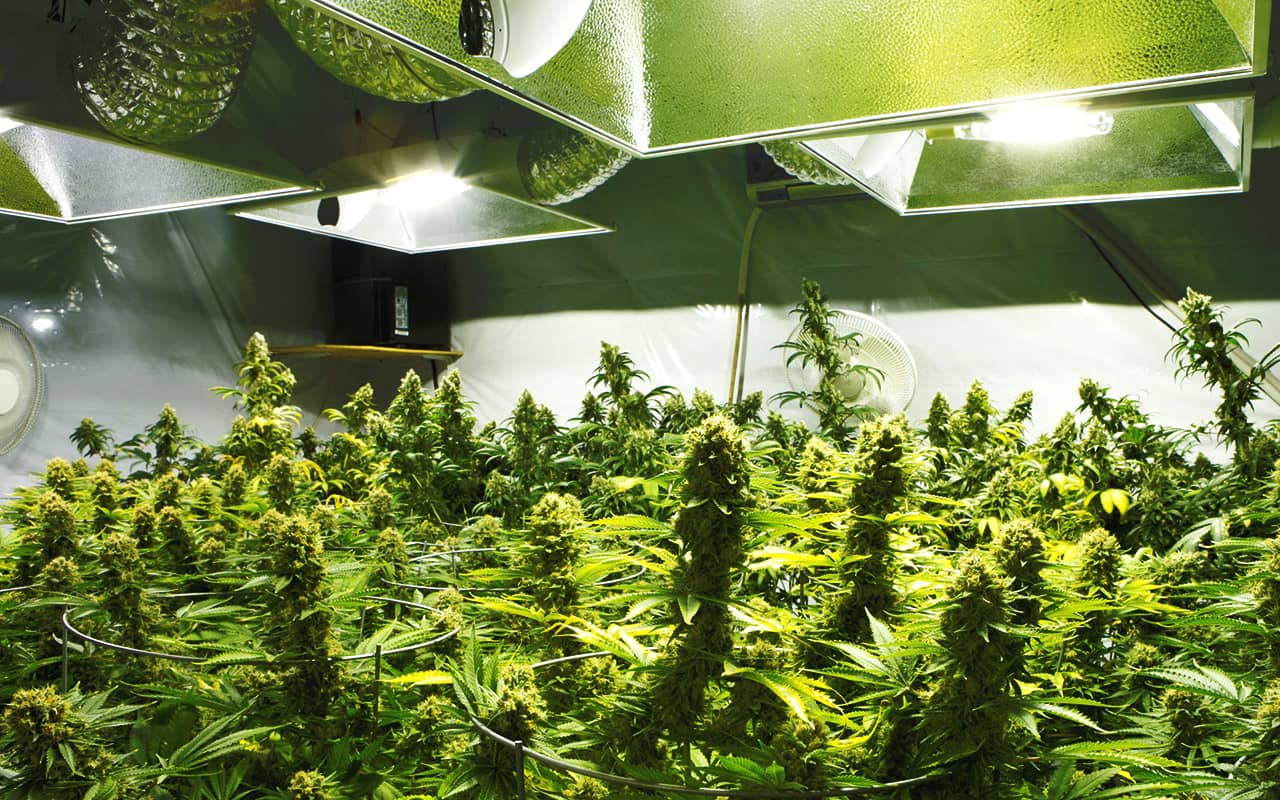
Indoor
Indoor seeds are designed for growing in enclosed spaces, such as grow boxes, greenhouses, or specially equipped rooms. This type of seed was bred for optimal growth in confined spaces. In indoor growing, the grower controls all parameters affecting plant development, such as how much light marijuana needs, humidity, temperature, and ventilation.
This allows for the creation of nearly perfect conditions for growth, independent of weather or seasons. Indoor growing is often used by those who grow cannabis at home. Growing at home allows for a significant improvement in yields using modern lighting technologies like LED and HPS lamps.
Indoor seeds often have genetic characteristics that help plants adapt to confined spaces. These can be compact plants, ideal for small spaces, or taller strains that thrive in larger spaces with optimal conditions.
It's also important to understand what fertilizers to use for cannabis at home, as this is necessary for a good harvest and overall enjoyment of growing.
Outdoor
Outdoor seeds are perfect for those who grow cannabis outdoors. Outdoor growing means that the plants will grow in natural conditions, under the influence of sunlight and external weather. Outdoor growing depends on the season, meaning plants are exposed to factors like rain, wind, and temperature fluctuations.
However, with proper care and site preparation, plants can thrive and yield excellent results, especially when growing autoflowering strains outdoors.
Outdoor cannabis seeds typically have more resilient genetic characteristics, helping plants survive in open soil conditions. These plants tend to be stronger and larger, making outdoor growing appealing for those looking for large yields.
However, it's important to understand that the success of growing cannabis seeds with THC and CBD for medical purposes largely depends on the time of year and the climate of the region where planting takes place. In areas with short summers or unstable summer temperatures, there may be challenges in achieving the desired results.
The main difference between indoor and outdoor seeds is that indoor strains are designed for stable growing conditions indoors, while outdoor strains grow better in open spaces under natural environmental influences.
Both options, however, require proper preparation and knowledge to ensure optimal growing conditions.
Growing Conditions for Indoor and Outdoor Cannabis
Growing is a process that depends on many factors. It's important to understand what conditions are most suitable for each type of growing: indoor and outdoor. Let's explore the conditions that are crucial for successful growth and a high-quality harvest.
Conditions for Indoor Growing
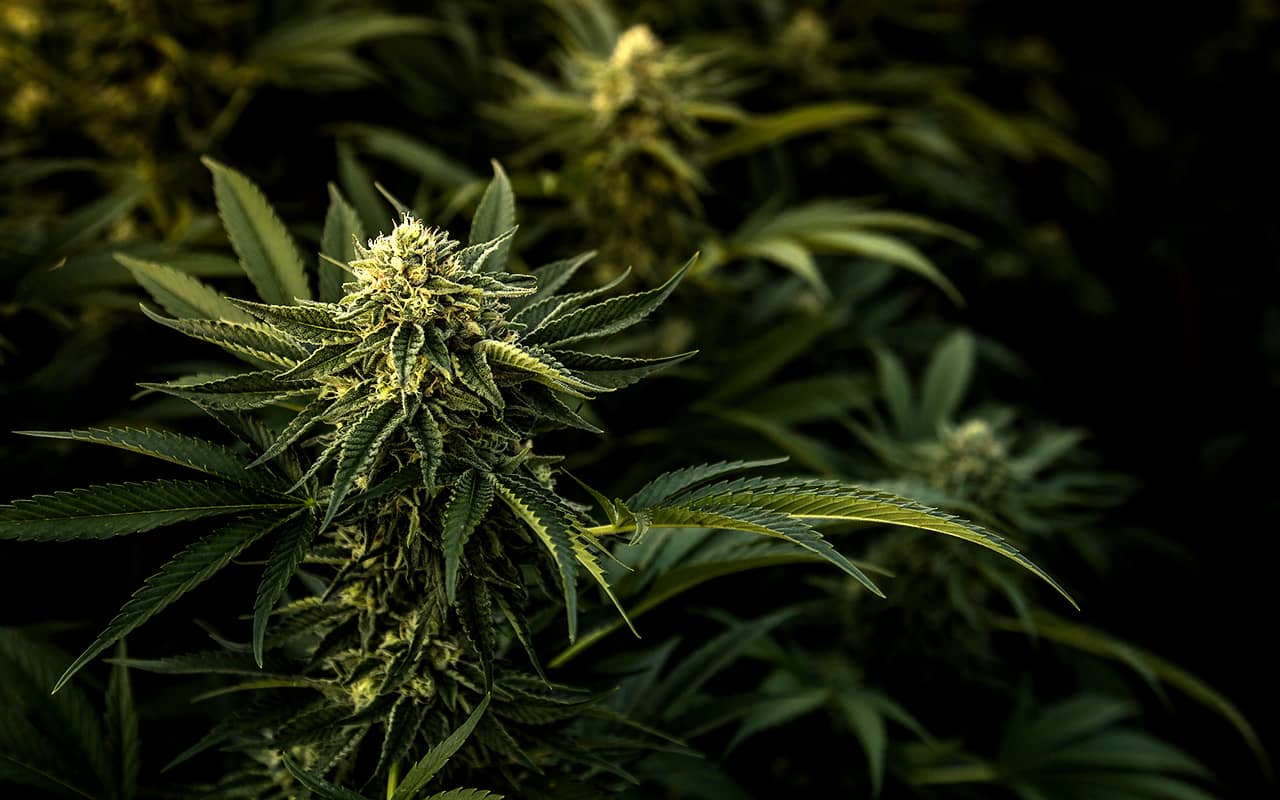
Indoor growing allows you to create a fully controlled environment for plant growth. In this case, parameters such as lighting, temperature, humidity, and ventilation can be adjusted according to the plant's needs.
- Lighting: In indoor growing, lighting plays a key role. LED or HPS lamps are considered most effective for cannabis. They mimic sunlight and promote active plant growth. The light cycle should match the growth stages—long days for the vegetative stage and shorter days for flowering.
- Temperature: Cannabis requires stable temperatures for normal growth. Ideally, daytime temperatures should be between 20-26°C, and nighttime temperatures should not drop below 18°C. Sudden temperature fluctuations can slow growth and affect the harvest quality.
- Humidity: Humidity in the room must be carefully controlled, especially during different growth stages. For the vegetative stage, humidity should be around 60-70%, and for the flowering stage, it should be around 40-50%. Excessive humidity can lead to mold and fungal diseases.
- Ventilation: Good ventilation is essential for plant health and to prevent stagnant air. It's important to ensure a constant flow of fresh air and remove excess CO2 and moisture.
- Growing Space: It's important to consider the size of the space in which you are growing the plants. Small spaces may require compact cannabis strains, such as autoflowering or feminized strains.
Outdoor Growing Conditions
Outdoor growing is a process where plants develop in the open air, influenced by natural conditions. While many parameters are hard to control in this case, there are several important aspects that can help create optimal conditions for growth:
- Location Selection: For outdoor growing, it's essential to choose a location with adequate sunlight. Cannabis is a light-loving plant, so it is recommended to select a site that receives at least 6 hours of direct sunlight per day.
- Climate: Outdoor growing heavily depends on the climate. Plants need a long warm season for successful growth and ripening. For regions with a short summer, cold-resistant cannabis strains are preferable.
- Soil: The type of soil is important for outdoor cannabis cultivation. The soil should be well-drained and rich in organic matter. It's also necessary to check the soil’s pH level— the optimal range for cannabis is between 6 and 7.
- Watering: Watering in outdoor growing depends on weather conditions. During rainy periods, watering can be minimal, but in dry weather, plants need regular hydration, especially during hot summer months.
- Pest Protection: One of the downsides of outdoor growing is the exposure to various insects and animals. It is recommended to use organic repellents or nets to protect plants from damage.
Comparison of Indoor and Outdoor Growing Conditions
- Control of Conditions: Indoor growing provides complete control over all factors affecting growth, while outdoor growing relies on nature.
- Harvest: Indoor growing typically leads to more stable and predictable results. However, with proper conditions, outdoor cultivation can yield a much larger harvest due to more spacious conditions for plants.
- Costs: Indoor growing requires higher investment in equipment— lighting, ventilation, and irrigation systems. Outdoor growing costs are primarily related to site preparation and the purchase of protective measures against insects.
Considering these features, it’s important to choose cannabis seeds based on the type of growing. For indoor growing, seeds that thrive in confined spaces are best, while for outdoor growing, more resilient strains to external factors are preferred. The success of cultivation largely depends on how well the conditions for plant growth are created and maintained.
Indoor Growing vs. Outdoor Growing
Indoor growing (indoor) and outdoor growing are two different approaches to cannabis cultivation, each with its own characteristics and advantages. Let’s look at the differences between them.
Indoor Growing
Indoor growing for beginners involves growing plants in enclosed spaces, such as grow boxes, greenhouses, or specially equipped rooms. One of the main advantages of this method is complete control over all parameters, such as lighting, temperature, humidity, and ventilation. This allows for stable growing conditions and minimizes risks associated with the external environment.
Advantages of Indoor Growing
- Full control over conditions: You can adjust lighting, temperature, and humidity to suit the needs of the plants.
- Independence from weather: Regardless of external climate conditions, your plants will be in a controlled environment.
- Long growing season: The ability to grow plants at any time of the year, as you control the light cycle.
- Faster results: Due to the stability of conditions, plants develop faster and yield crops in a short period of time.
Disadvantages of indoor growing
- Need for equipment: Investment in lighting systems, ventilation, irrigation, and air filtration is required.
- Limited space: There might not be enough room to grow large plants.
- High electricity costs: Using grow lamps and ventilation systems requires energy.
Outdoor growing
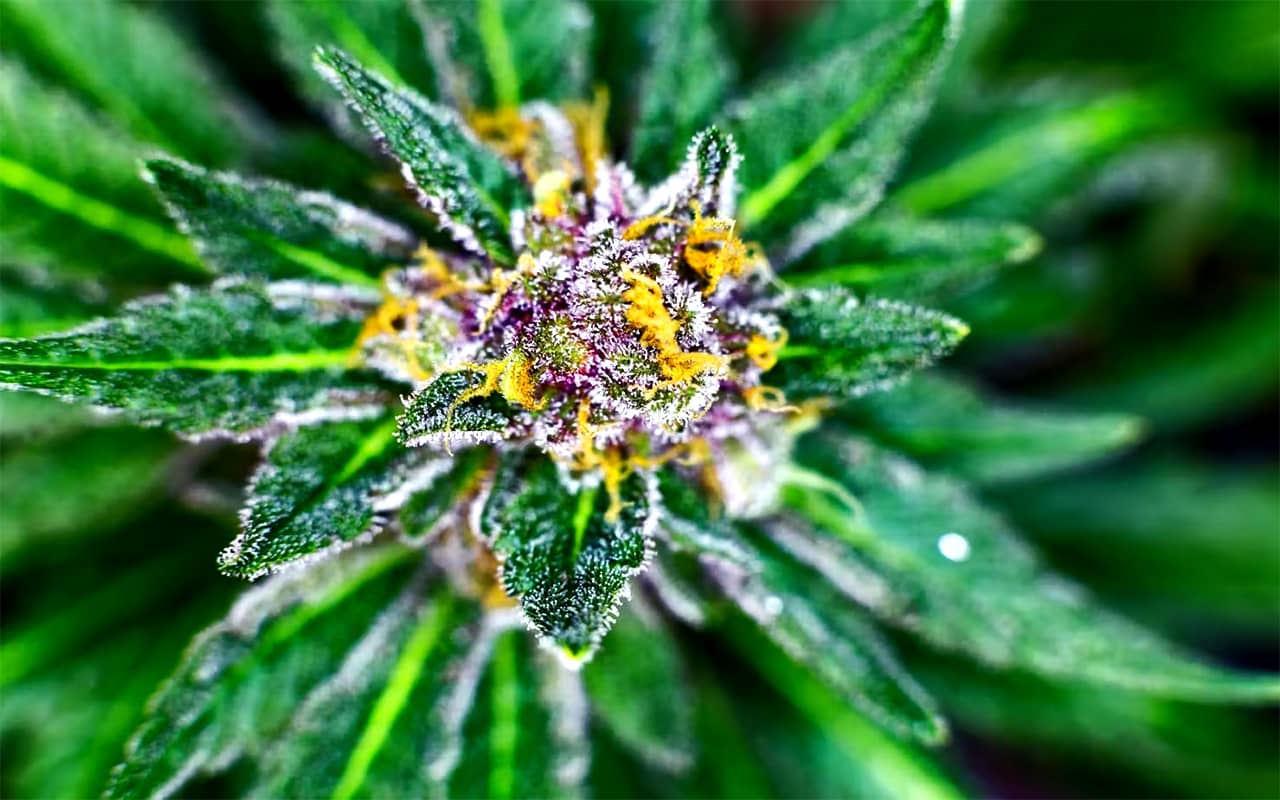
Outdoor growing is the process of cultivating cannabis outdoors, where plants receive all necessary resources from nature: sunlight, rain, and fresh air. However, outdoor cultivation depends on external weather conditions, and plants may be exposed to various factors such as rain, wind, and temperature fluctuations. At the same time, outdoor growing has its advantages.
Advantages of outdoor growing:
- Use of sunlight: Plants receive natural light, reducing electricity costs.
- Lower equipment costs: There's no need to buy expensive lighting or ventilation systems.
- Larger yields: In open ground conditions, plants can grow much larger, yielding higher crops.
- Natural conditions: Plants grow under the influence of natural factors, which can make them more resilient and stronger.
Disadvantages of outdoor growing:
- Dependence on climate: The success of cultivation depends on weather conditions, and in regions with short summers, this can be a problem.
- Vulnerability to pests: Plants can be attacked by insects or animals.
- Lack of control over weather: Problems with rain, cold, or heat can affect the crop.
Comparison of Indoor and Outdoor Growing Conditions
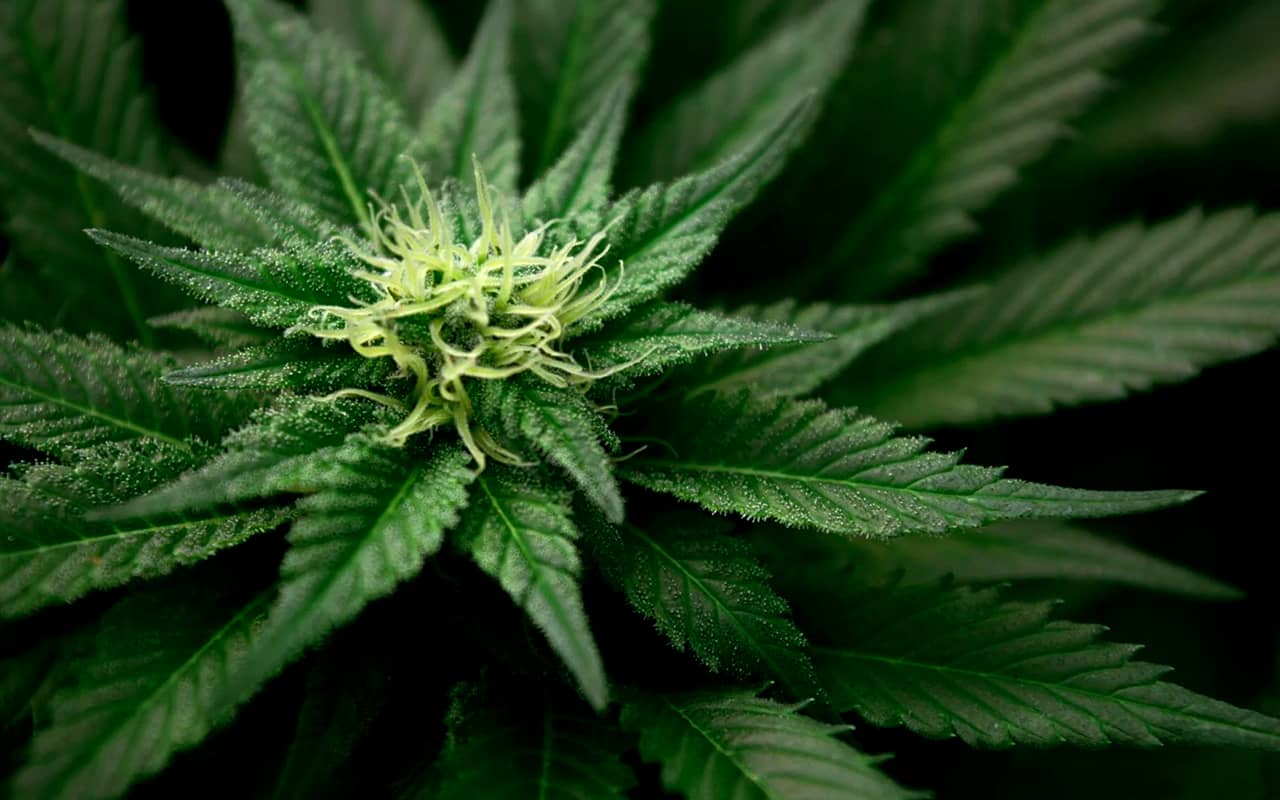
To better understand, let's compare both methods:
| Factor | Indoor Growing | Outdoor Growing |
| Lighting | Controlled, artificial lighting used | Natural sunlight |
| Temperature | Stable, regulated inside | Depends on external conditions and season |
| Humidity | Easily regulated with a humidification system | Depends on the weather, sometimes hard to control |
| Growing Space | Limited by the size of the space | Large space for plant growth |
| Equipment Costs | High (lighting, ventilation, irrigation systems) | Low, only protection from pests is needed |
| Yield | Stable, multiple harvests per year possible | Larger plants, but the result depends on the climate |
| Weather Conditions | Not dependent on external weather | Dependent on the season and weather conditions |
Conclusion
The choice between indoor and outdoor growing depends on many factors, including your preferences, the climate in your region, and the availability of equipment. Indoor growing provides complete control over conditions and guarantees stability, while outdoor growing allows plants to grow in a more natural environment with the potential for larger yields, but with risks related to changing weather. In any case, each method has its pros and cons, and it’s important to choose the one that best suits your needs and conditions.
Attention! Errors Seeds does not encourage you to grow cannabis and does not promote it in any way. Cultivation is prohibited by the legislation of Ukraine. The article is of scientific and introductory interest only.
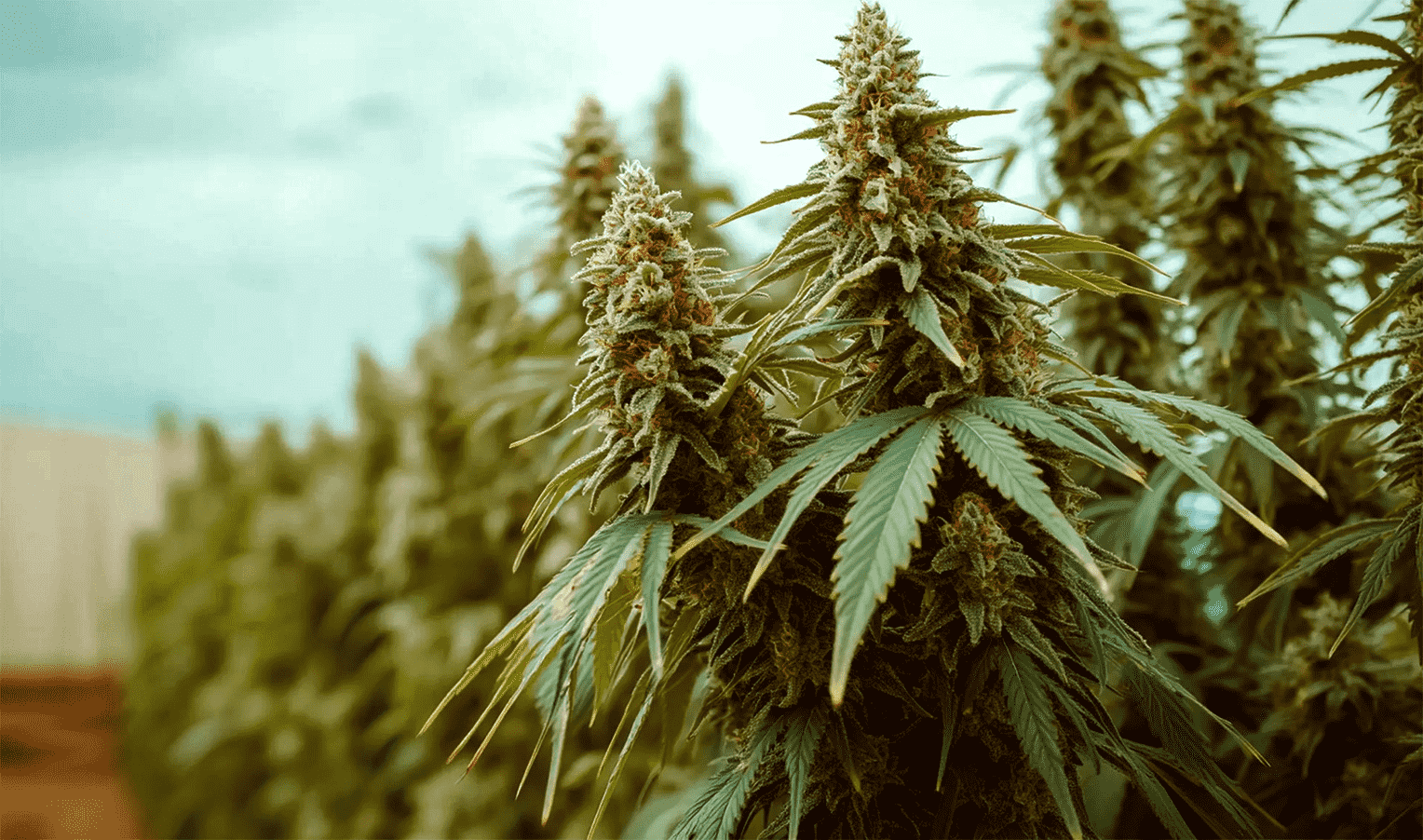
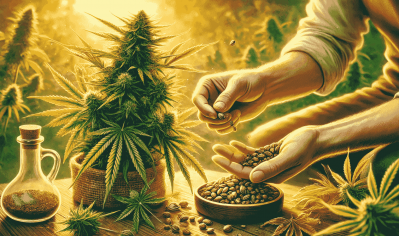
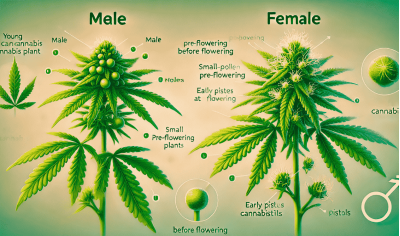
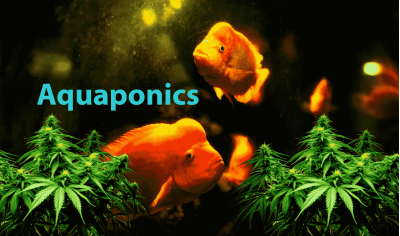
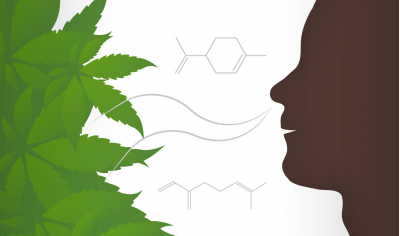
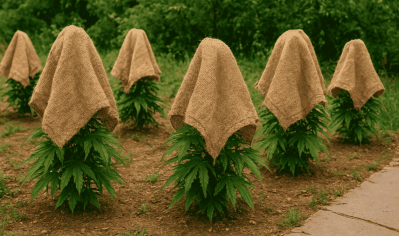
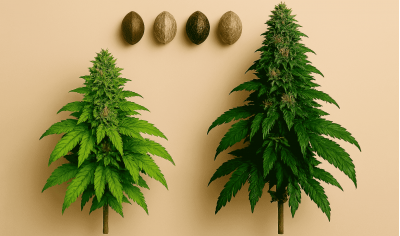
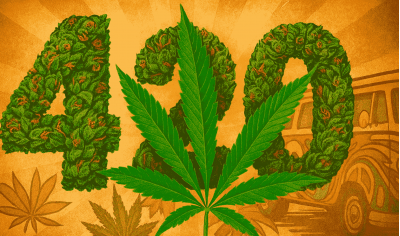


Write a comment